

Max Davies
2026 GWM Cannon Ultra review
6 Days Ago

News Editor
Honda’s long-running rival to the Kia Carnival is approaching the end of its life.
A Honda Australia spokesperson confirmed the current Odyssey will continue to be imported from Japan until 2022, coinciding with the closure of its factory.
There’s no word on whether a successor will be produced elsewhere for Australia, or whether the Odyssey line will end with the current-generation car.
The current Odyssey was revealed in 2013, and was treated to updates in 2018 and early in 2021.
“Honda announced the intended closure of the Sayama assembly plant in 2017, as part of the plan to restructure its global automobile manufacturing operations, solidify existing businesses, improve efficiency and address challenges in the key areas of the environment and safety,” said a spokesperson from Honda Australia.
“As the business progresses towards the planned closure, there are no immediate changes that will impact Honda Australia or our customers – we will continue to take the Odyssey from Japan until it reaches the end of its lifecycle in 2022.”
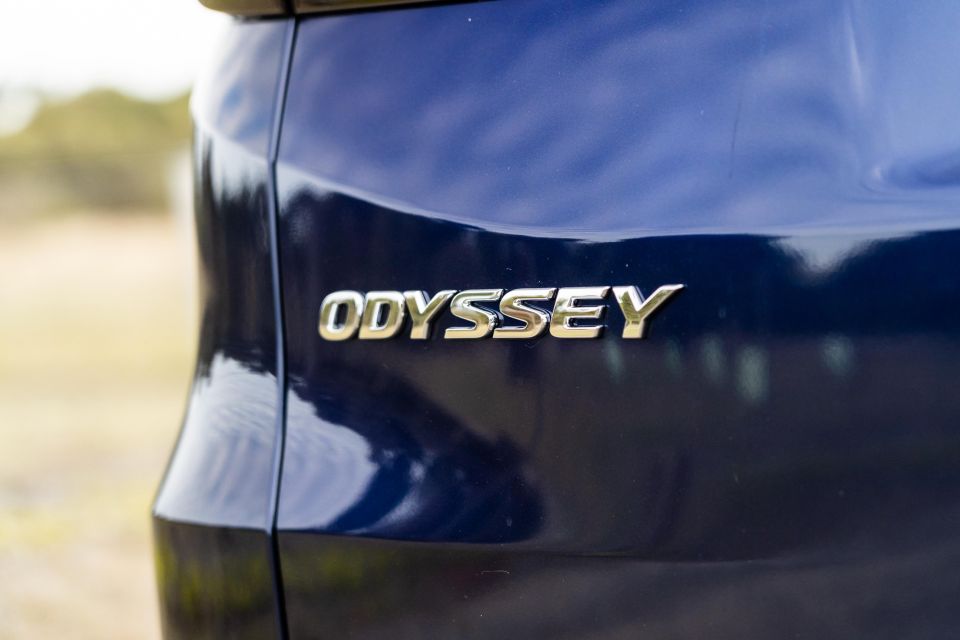
Sayama is slated for closure by the end of the current fiscal year in Japan, which ends on March 31, 2022.
Nikkei Asia first reported production of the Honda Odyssey wouldn’t move to another Japanese factory when the Sayama plant is shuttered.
The closure of the plant is due to Honda realigning its global manufacturing operations ahead of its transition to selling only zero-emissions vehicles by 2040.
The Sayama plant currently produces the Clarity hydrogen fuel-cell and plug-in hybrid electric vehicles and the flagship Legend sedan, none of which are strong sellers.
The Civic-based Jade MPV also manufactured in Sayama has already been discontinued.
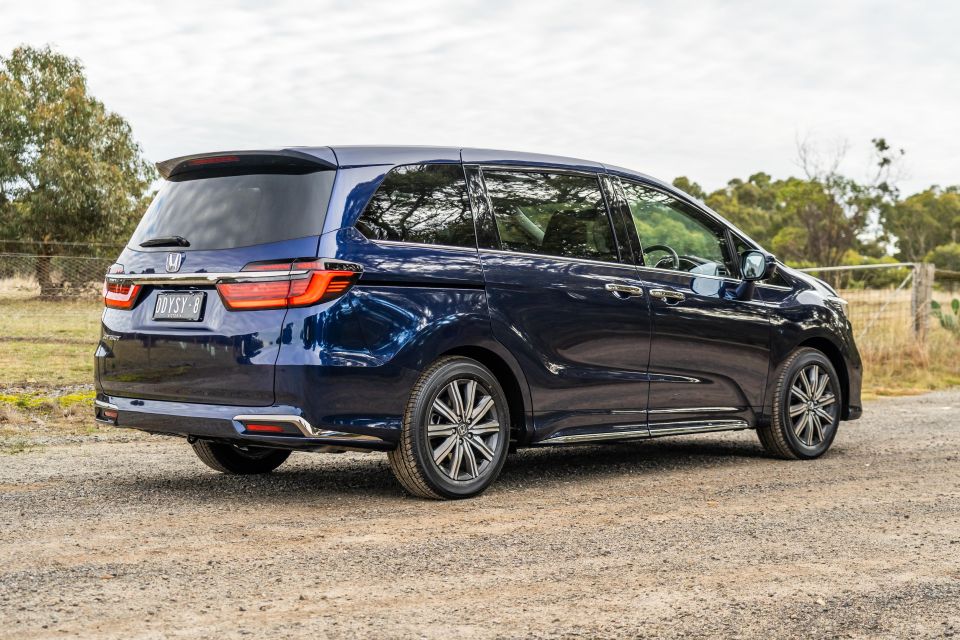
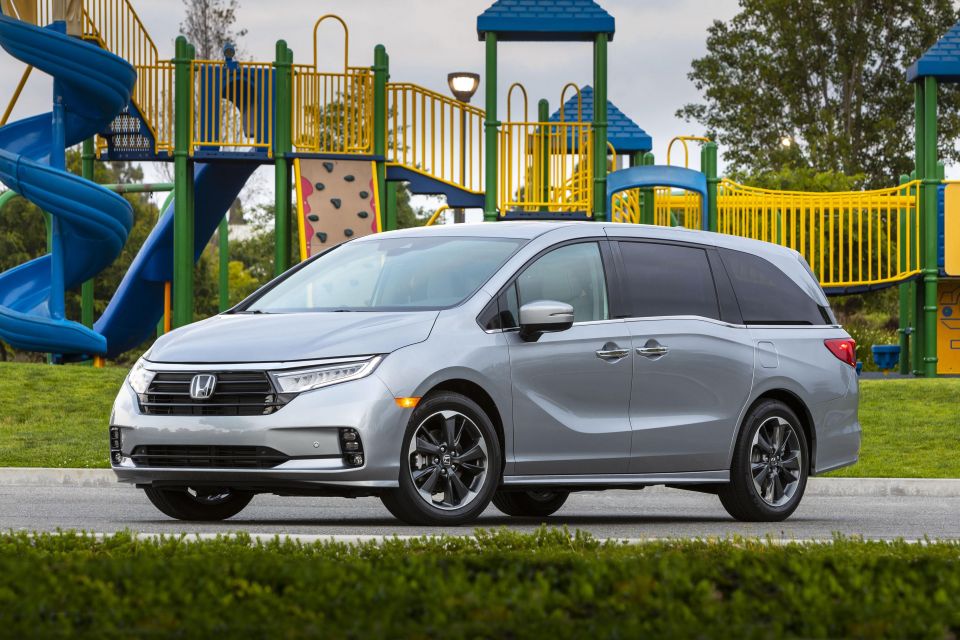
The only other production source for the Asian-market Odyssey is China, where it’s manufactured by Honda’s Chinese joint ventures Guangqi Honda and Dongfeng Honda and sold there under the Odyssey and Elysion nameplates.
Our Odyssey is sourced from Japan, in contrast with much of the Australian Honda range which comes from Thailand.
The Asian-market Odyssey differs from the North American Odyssey, which is a larger, V6-powered vehicle that continues to be manufactured in Honda’s Alabama factory in the US.
The two lines diverged with the third-generation Odyssey.
The current, fifth generation of the Asian-market Odyssey recently received a fairly substantial facelift.

Arriving earlier in 2021, the Odyssey wears a bluffer new front and features a larger touchscreen infotainment system, while the full suite of active safety technology is now standard across the entire range.
Honda claims the Odyssey was Australian private buyers’ favourite people mover in 2020, with 34 per cent market share.
Last year, Honda sold 1091 examples of the Odyssey, accounting for 16.1 per cent of VFACTS’ People Mover Under $60,000 segment.
In contrast, 3650 examples of the Kia Carnival were sold, accounting for over 50 per cent market share in the segment. Third place went to the LDV G10 with 725 sales.
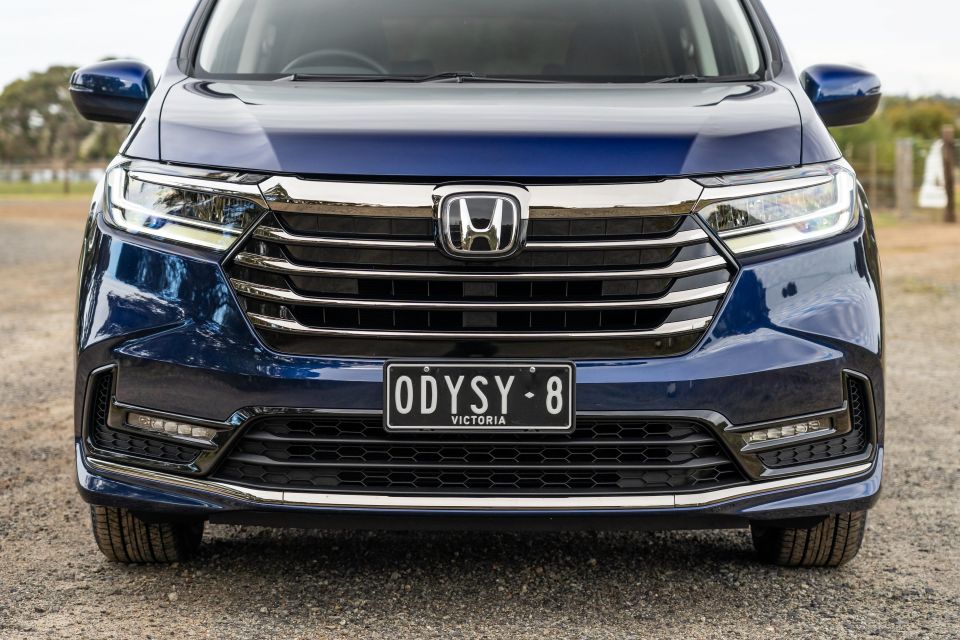
Honda’s shift to an agency sales model in Australia has coincided with a trimming of the range.
The company announced it wouldn’t bring the redesigned Jazz hatchback to Australia, discontinuing the line locally after almost 20 years on the market.
The related City sedan was also axed, as was the ultra low-volume NSX supercar.
Honda has confirmed it’ll bring the redesigned, second-generation HR-V and 11th-generation Civic to Australia.
The latter will lose its sedan body style, however, and switch to a hatch-only line-up. Fortunately, the hot Type R hatch will continue.
The company had previously said the Odyssey and the slow-selling Accord would live on in supporting roles alongside the brand’s key pillars: the Civic, HR-V and CR-V.
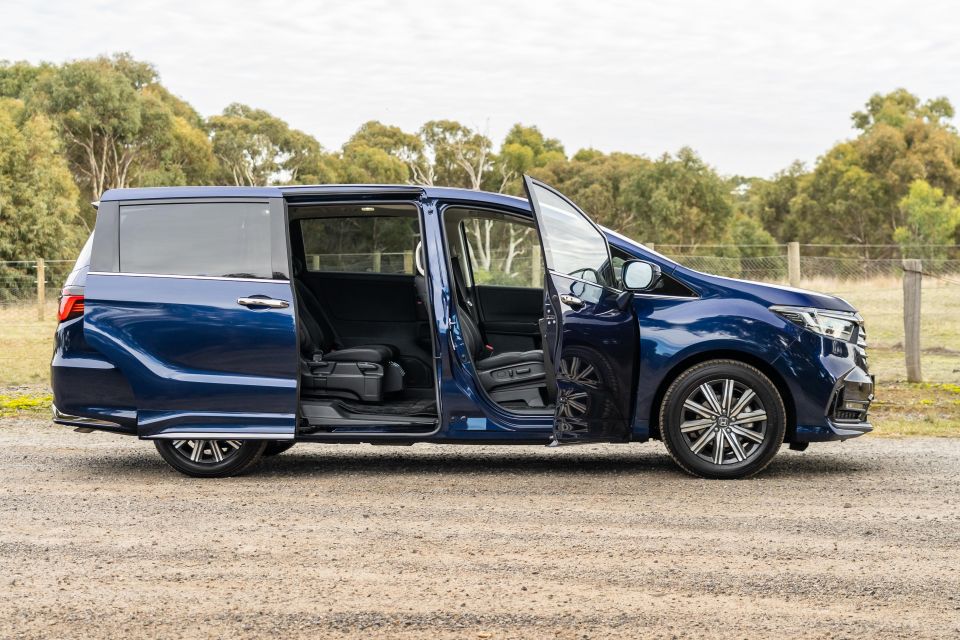
The Odyssey is part of a shrinking crowd of people movers that aren’t based on a cargo van.
The Toyota Tarago was discontinued in 2019 and replaced with the HiAce-based Granvia, a larger, more expensive vehicle with a more van-like appearance.
While the Tarago nameplate dates back to the 1980s, it was the second generation model – launched in 1990 – that saw the nameplate shift from a TownAce-based people carrier to something more special.
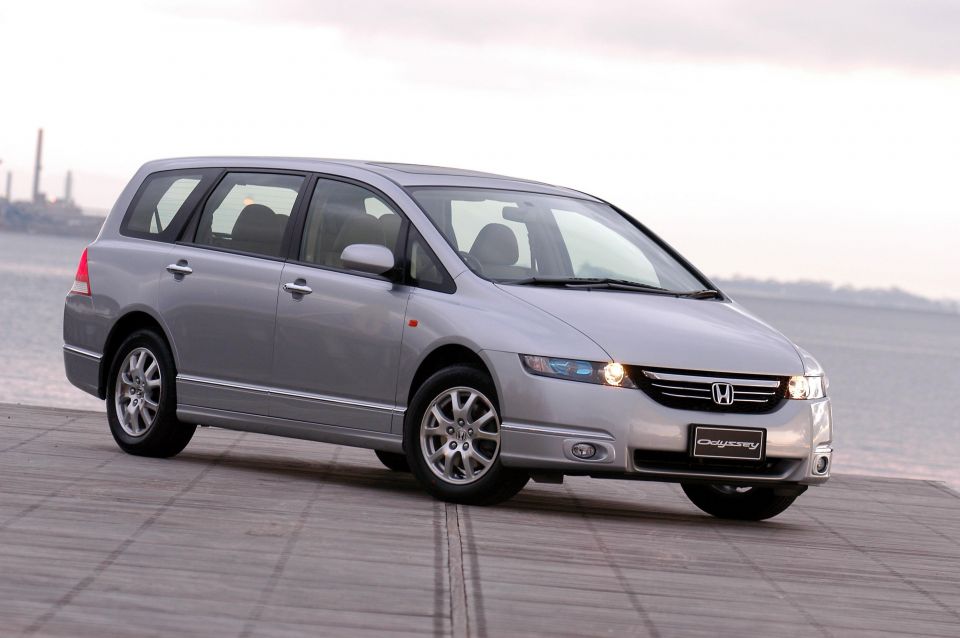
The first-generation Honda Odyssey, introduced locally in 1995, was a different, more compact take on the minivan concept and eschewed the Tarago’s sliding door and egg-shaped styling.
The third- and fourth-generation models were low and sleek and arguably some of the best-looking people movers of all time, though the fifth-generation model switched to a more conventional, upright body style with sliding rear doors.
The Legend is an even longer-running nameplate for Honda, having first debuted in 1985 and spearheading the launch of the luxury Acura brand in North America.

Dwindling demand for sedans has severely affected the Legend, currently in its fifth generation.
Its Acura RLX stablemate was axed in 2020, while Japanese Legend sales have cratered. Honda once sold over 20,000 units annually in its home market but last year shifted just 216 units.
Where expert car reviews meet expert car buying – CarExpert gives you trusted advice, personalised service and real savings on your next new car.
William Stopford is an automotive journalist based in Brisbane, Australia. William is a Business/Journalism graduate from the Queensland University of Technology who loves to travel, briefly lived in the US, and has a particular interest in the American car industry.


Max Davies
6 Days Ago


Josh Nevett
4 Days Ago


Max Davies
4 Days Ago


Max Davies
3 Days Ago


Neil Briscoe
2 Days Ago


Max Davies
1 Day Ago